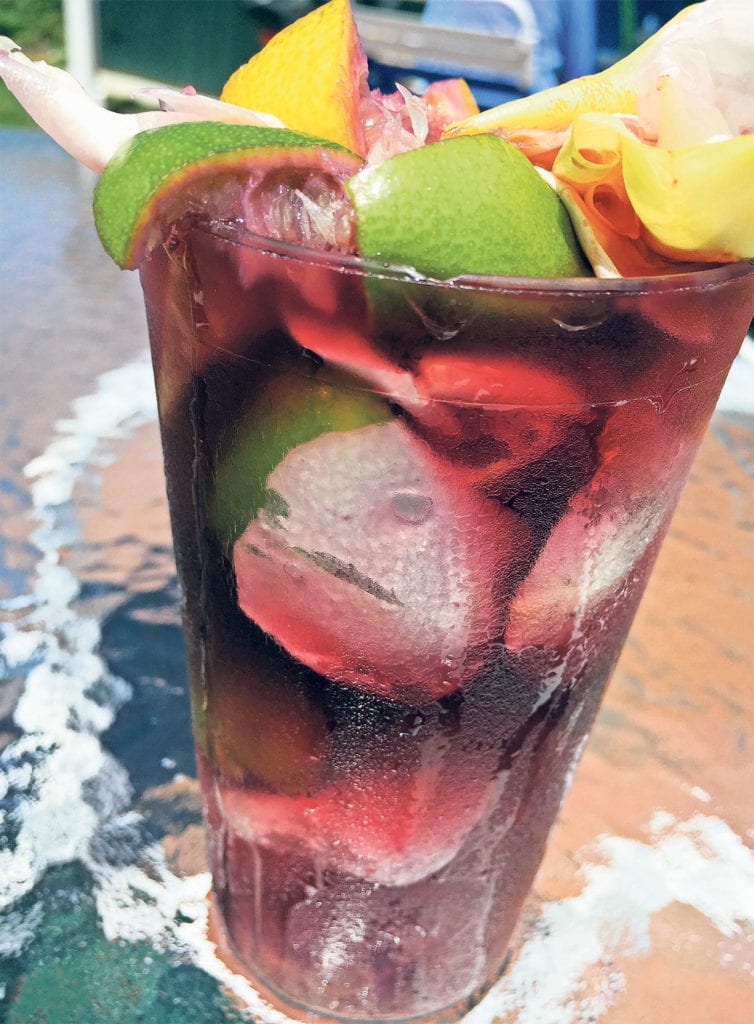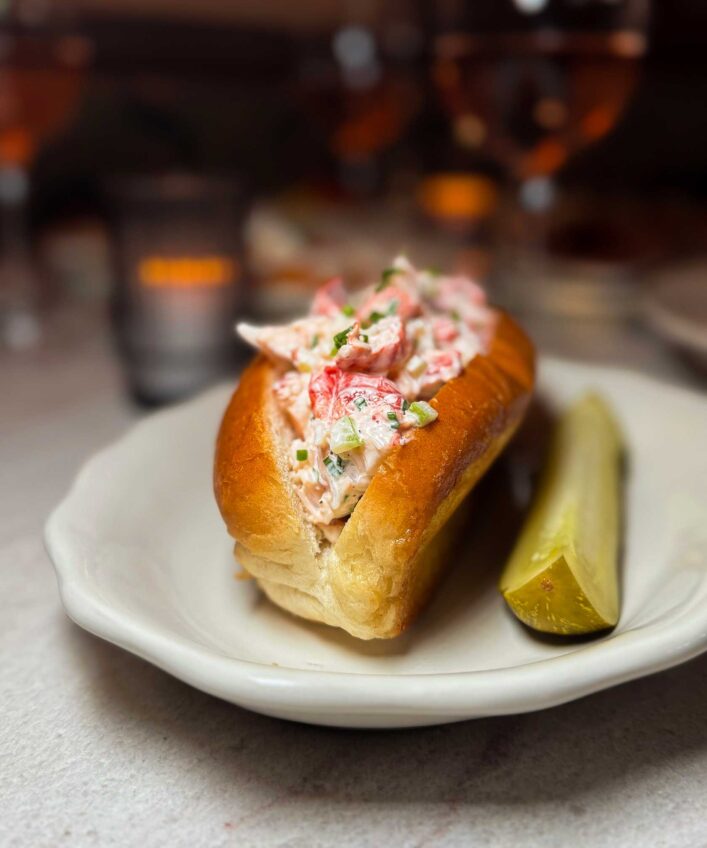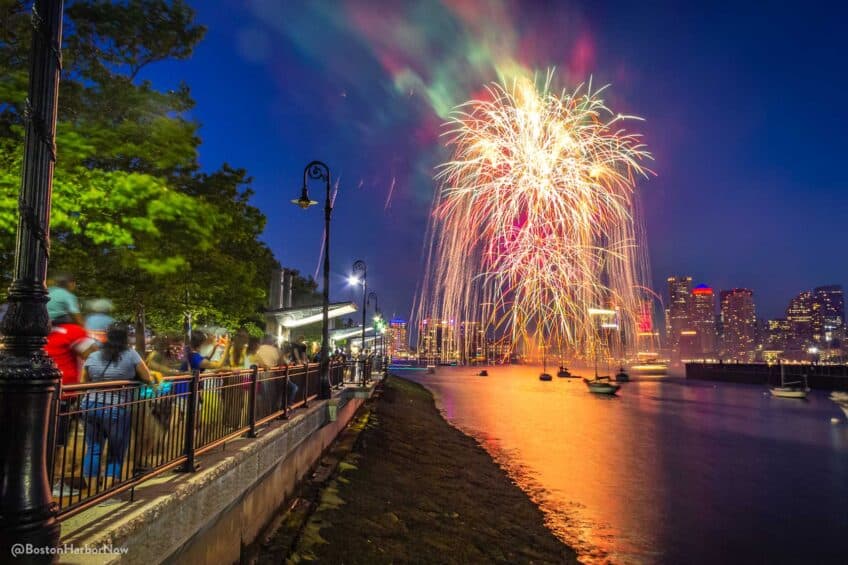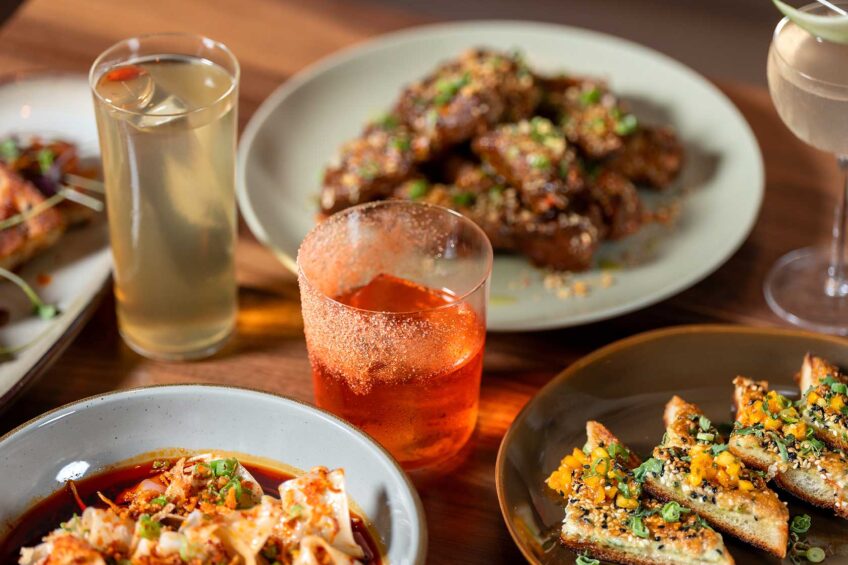
The summer solstice has snuck by, again. Depressing, I know, but as our hemisphere prepares for its date with winter, there is no need to overthink the situation. The roses are still fragrant, and the tomatoes are still ripening, because the heat has only just begun, and we can’t lose sight of the big picture: This is a very good time to drink sangria.
By sangria, I mean a spectrum of wine-and-fruit-based cold drinks, some of which have more merit than others. At one end is sangria itself, the famous Spanish punch made of wine, fruit, juice and liquor that’s adored by sun worshippers, tourists and underage drinkers. This end of the spectrum is one of incomprehensible complexity, as there are too many permutations of all of these ingredients, plus shots of simple syrup, 7 Up and the like to keep track of. One popular variation, for example, is the Italian-American version of the Eastern Seaboard, which contains brandy, triple sec and peach schnapps, along with the fruit. You will find these ingredients in the award-winning sangria pitchers of Spain Restaurant in Cranston, Rhode Island, and in the shared kitchen of a certain Cape Cod vacation spot, where a certain clan of Italian families shows up every solstice like clockwork to share a kitchen with my family (long story).
One of the clan matriarchs, Diane, told me her recipe and shared this nugget: While most recipes call for merlot or cabernet, she advises a red burgundy. It’s drier, she says, and “has that woody taste.”
I enjoyed the fact that a celebrated French wine is the secret ingredient in the Italian-American version of a Spanish drink, and filed it away just in case. But to be honest, I was having trouble getting excited about her sangria. It was both too delicious and too alcoholic.
This may sound like a win-win, but I find it counterproductive to add extra sugar so you can add extra booze. Summer may be gone in the blink of an eye, but it’s also a grind, and I want to keep cool, keep hydrated and keep going.
I prefer the other end of the sangria spectrum. The side that’s bitter, simple and bubbly. It’s called tinto de verano, which translates to “red wine of summer.” In Spain, it’s what the locals have settled on as the ideal antidote for the Iberian heat. Credit for its creation is given to Andalusian restaurateur and bullfight promoter Federico Vargas, but credit is hardly due. It’s such a simple recipe that its creation was inevitable.
Tinto de Verano
- Red wine
- Sprite (or the Spanish equivalent)
Open both items, mix and serve chilled.
The lemon and lime fine-tune the flavor, as the cold and bubbles do their things. It’s numbing and stimulating. Pleasantly exhilarating.
This simple drink can be doctored in many ways. Ice, for example, is a great way to chill it if your glass and ingredients were not already frigid. Squeezed slices of lemon and lime, meanwhile, will significantly enhance the citrus pizzazz.
A shot of lemonade here, a dash of vermouth there — to the point that you have basically made sangria. And as the Italians and others have shown, there is plenty of room for exploration on the busy, fruity side of this continuum.
Drying out
Here is my recipe for extra-dry tinto de verano. It is optimized for maximum hydration, minimal added sugars and just the right level of buzz to keep you going. I call it Verano Seca, which means “dry summer.”
If you have access to unsprayed roses, wild or domestic, I recommend harvesting some petals and using them in this drink.
Verano Seca
- Burgundy
- Bubbly water (unsweetened)
- Lemon and lime slices
- Ice
- Rose petals (optional but highly recommended)
Add ice first, then bubbles, followed by the squeezed citrus slices. Finally, add the wine. When added in this order, the wine stays atop the bubbly.






